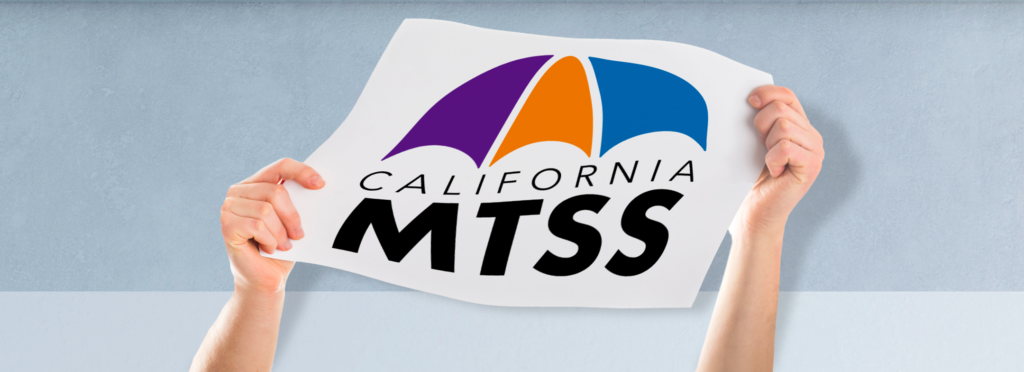Beyond Just Reading: Combine Project-Based Learning with Literacy

By integrating reading and writing skills with science and social studies, teachers not only used their time more effectively, but for students the project fostered motivation to read and to write.
– Myla Lee, PBLWorks

INTRO
It’s not easy to add academic content to an already packed school schedule, so when teachers are asked to create more opportunities for Project Based Learning (PBL), it can feel overwhelming at first. These suggestions from PBLWorks provide innovative and creative ways to weave PBL into literacy programs, so teachers can use their time more effectively and give students purpose and relevance for reading and writing.
OBJECTIVES
- Understand benefits of PBL-based literacy development and outcomes
- Use resources to brainstorm and plan PBL-based literacy curriculum
ACTIVITY
PBLWorks put together a resource with innovative and creative ways to weave PBL into literacy programs. Below are a few ideas.
Pair Literacy With Other Core Standards
Many educators are still following the traditional model of teaching reading and writing separately. Yes, each has its own set of content standards, but a closer look at these standards shows natural pairings for integrated study of a genre or topic.
Example:
Integrate reading, writing, and social studies into a Project Based Learning unit. This project helps students grow their literacy skills through writing about their social studies understandings.
See additional examples in the Tips section below.
Cover More Than Standards
Literacy standards are important, but sometimes so much emphasis is placed on “covering” them that days get filled with activities. When integrating literacy within a PBL unit, ask the following questions:
1. What key knowledge and understanding of literacy do you want your students to have at the end of this project?
2. What type of literacy thinking do you want to engage your students in throughout the project path?
3. What success skills do you want your students to demonstrate?
Text Selection: Student Voice and Choice
It is important to select texts to support comprehension development. Teachers should do the following:
1. Teach reading comprehension with multiple genres of text
2. Choose texts of high quality with richness and depth of ideas and information
3. Choose texts with word recognition and comprehension difficulty appropriate for the students’ reading ability and the instructional activity
4. Use texts that support the purpose of instruction
Among the high-quality selections, choosing texts that allow students to find their own faces and voices in the pages of the book is valuable.
- Books for teachers to build PBL units and classroom libraries:
Scaffolding Reading & Writing
Elementary students have a wide range of reading abilities. To find one book that meets the instructional needs of all students is an obstacle. Differentiating and scaffolding reading and writing becomes necessary in any elementary classroom and in any project.
Read-alouds, scaffolded discussions, guest speakers, hands-on experiences, and field trips are all ways to help the youngest students learn information needed for their research and project.
Digital Resources:
TIPS
Motivation Example
- Traditional Literacy Instruction:
- Students read, write and learn because you told them to, their parents want them to, and they think they should.
- Project Based Literacy Instruction:
- Students read, write, and learn because there is a real-world problem to solve, a need to address, or a question to answer.
- PBL Unit Example:
- Students read about how to grow and care for their garden and write thank you notes to community members who donated money for garden supplies. The garden will provide food for the underserved students in the district.
Collaboration Example
- Traditional Literacy Instruction:
- Students read discreet texts largely unrelated to each other.
- Project Based Literacy Instruction:
- Students read many texts on the same topic or closely related topics.
- PBL Unit Example:
- Students read different books about animals in a specific ecosystem and compare/contrast for a team presentation.
Outcomes Example
- Traditional Literacy Instruction:
- Students learn to read and write.
- Project Based Literacy Instruction:
- Students learn to affect the world around them through reading and writing.
- PBL Unit Example:
- Students learn about the traits of a peacekeeper and how they can be a peacekeeper in their community.






Responses